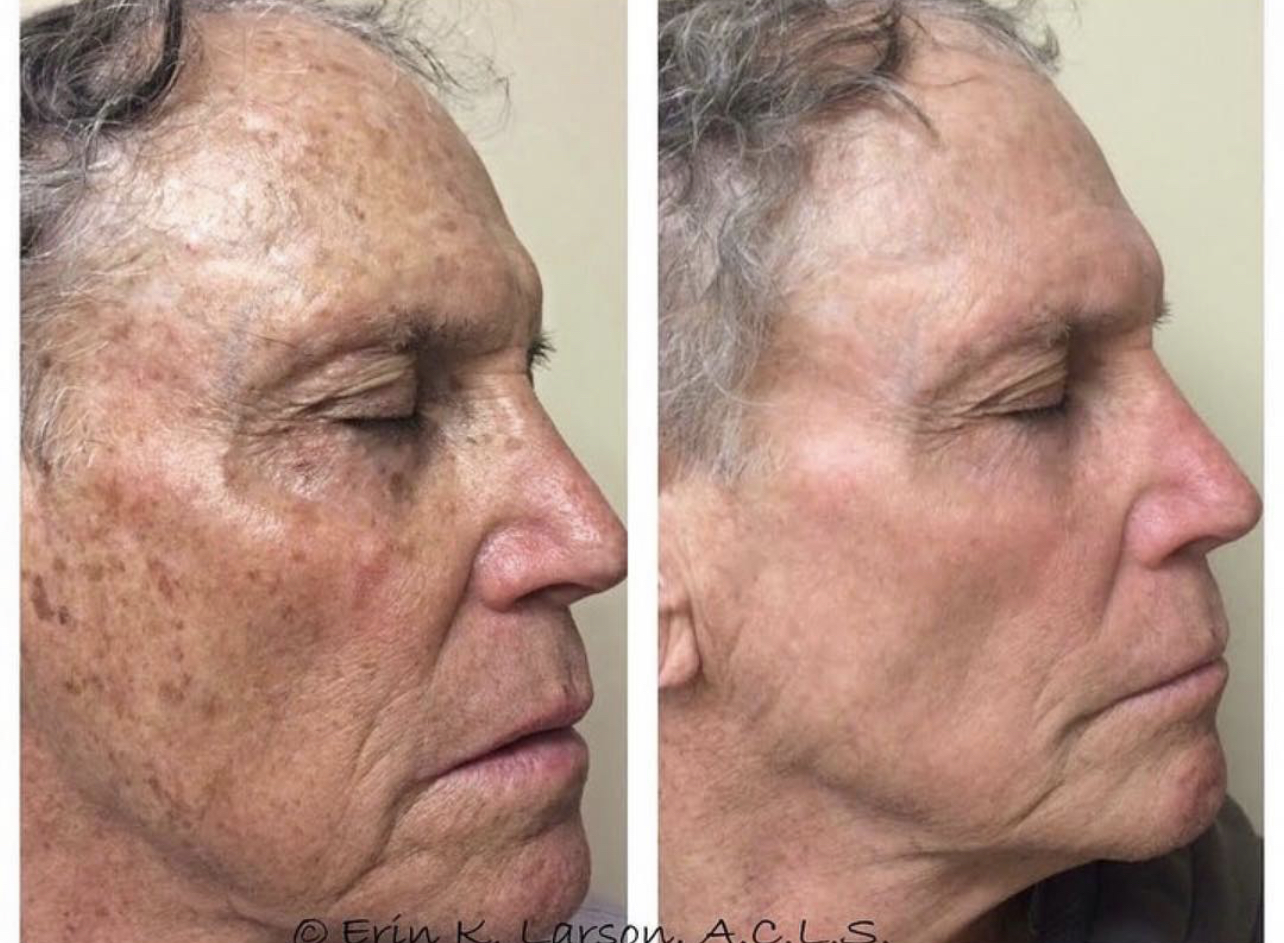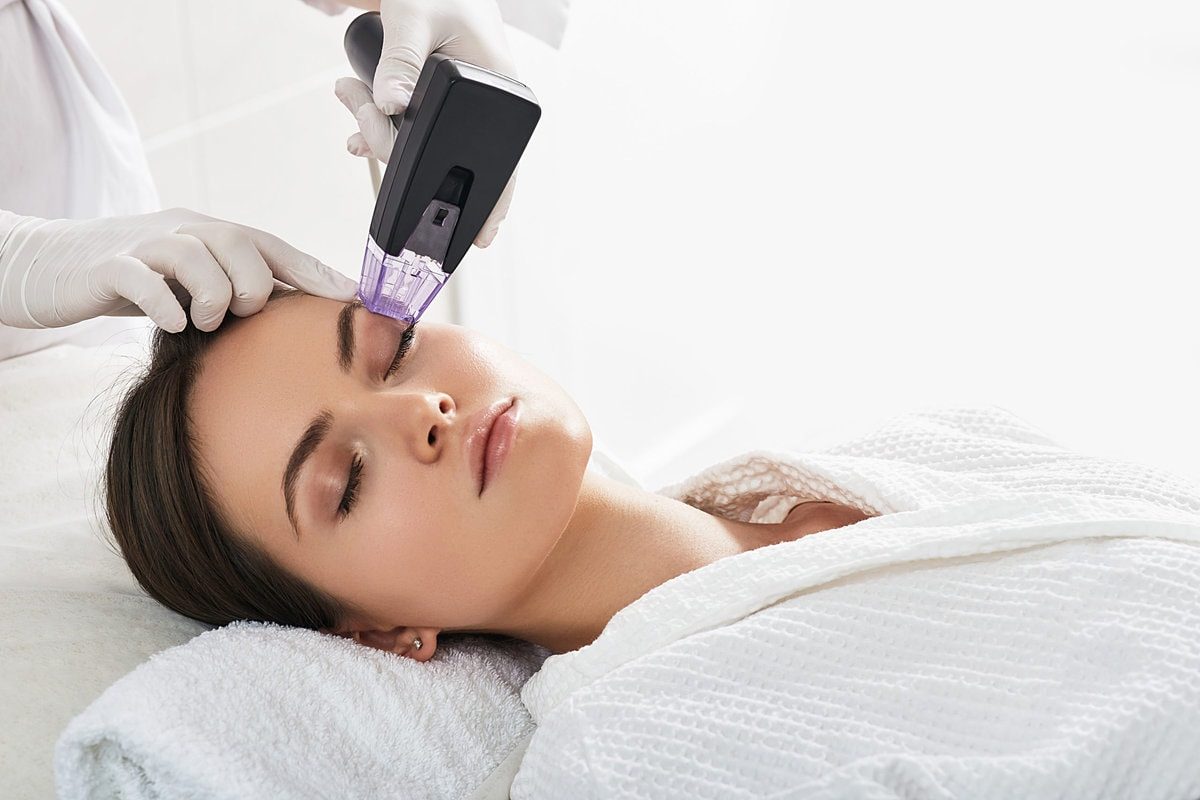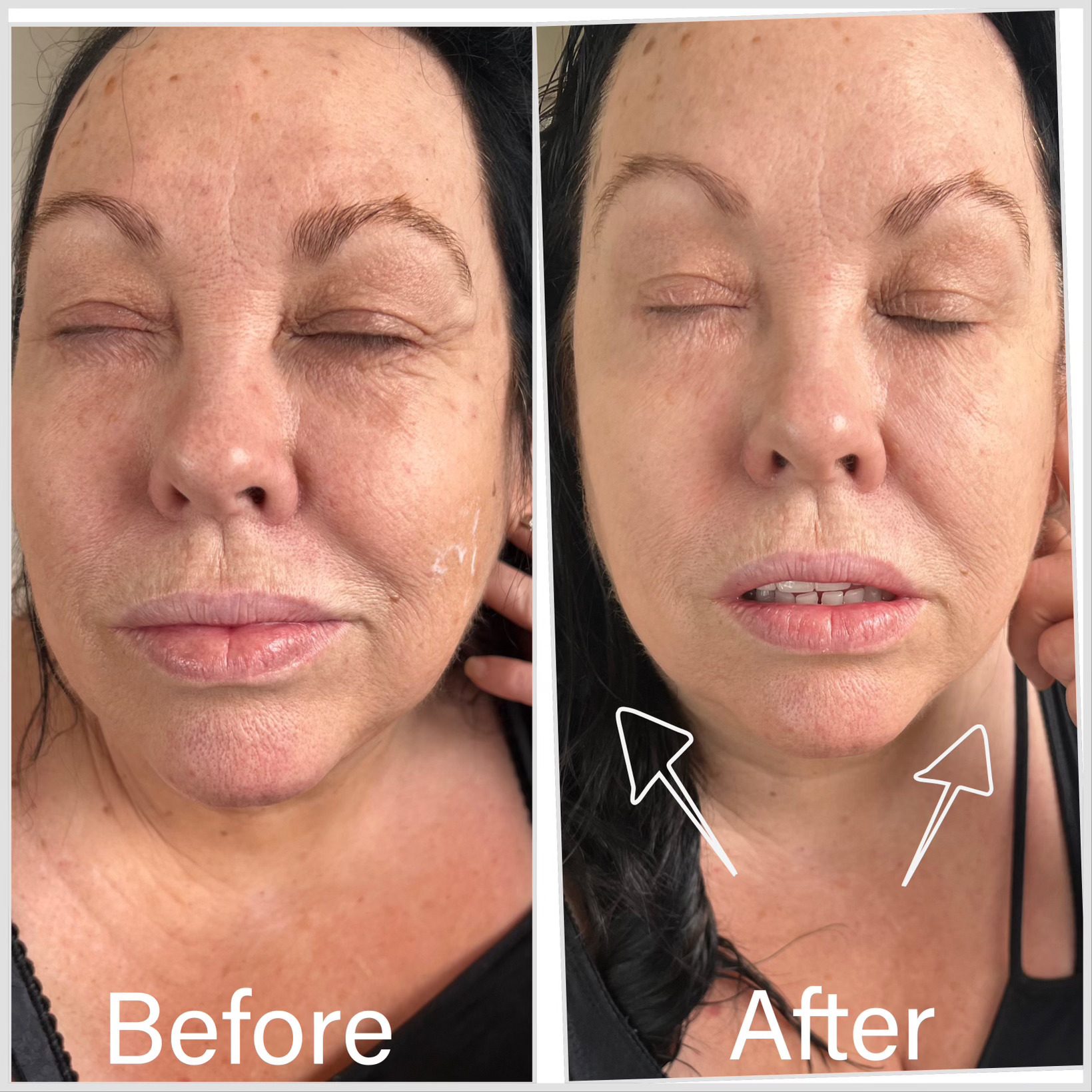4 Things you need to know about Clearlift™
What is Clearlift™? Clearlift™ is a painless and gentle treatment that can be performed on all skin types, and it requires no downtime. It is often used on the face, neck, décolletage, and hands to improve skin texture, tone, and firmness. The number of treatments required to achieve desired results varies depending on the individual’s …
Read More

 Laser Hair Removal
Laser Hair Removal Injectables & Fillers
Injectables & Fillers Weight Loss
Weight Loss Clearlift Skin Rejuvenation
Clearlift Skin Rejuvenation IPL | Photofacial
IPL | Photofacial IV Therapy
IV Therapy
 Signature Massage
Signature Massage Float
Float Couples Massage
Couples Massage Aesthetics
Aesthetics Body Treatments
Body Treatments Facials
Facials











